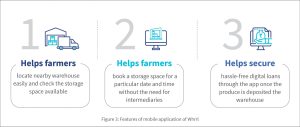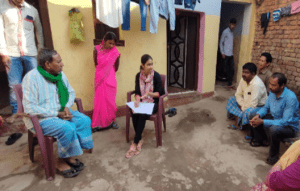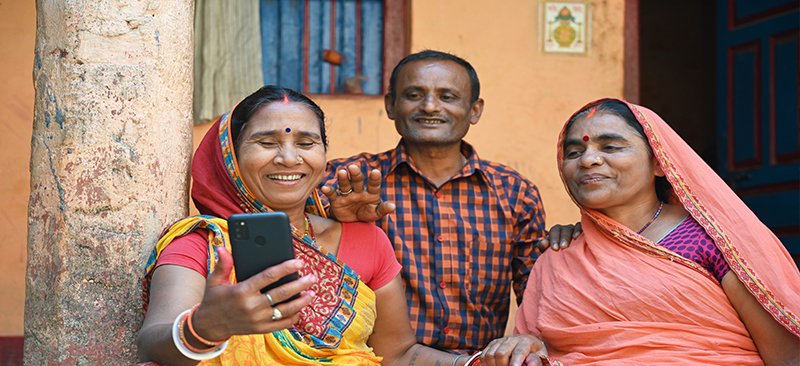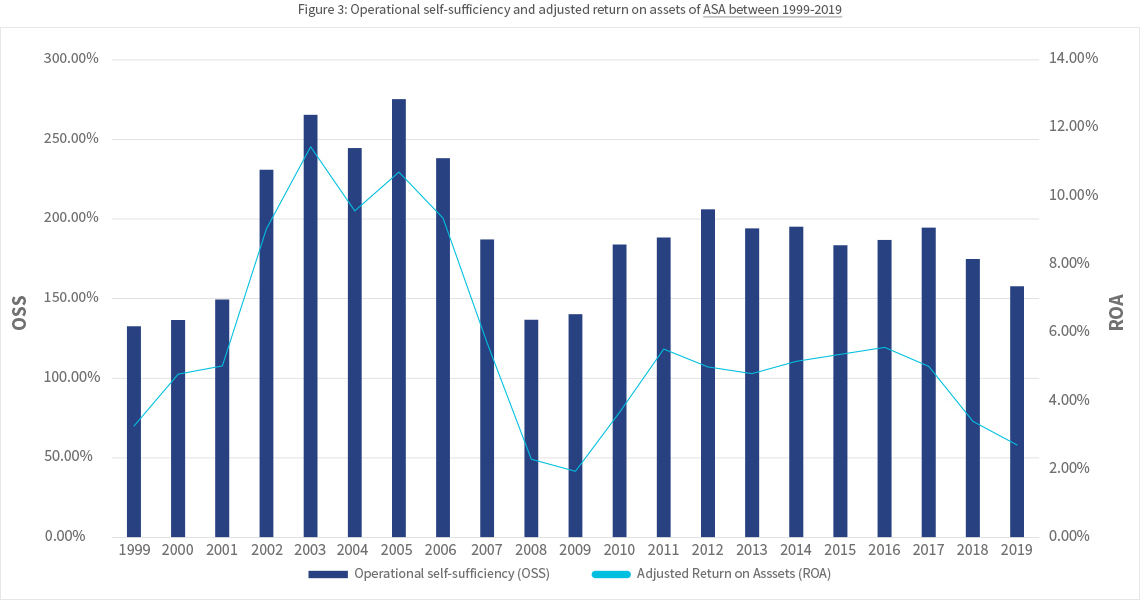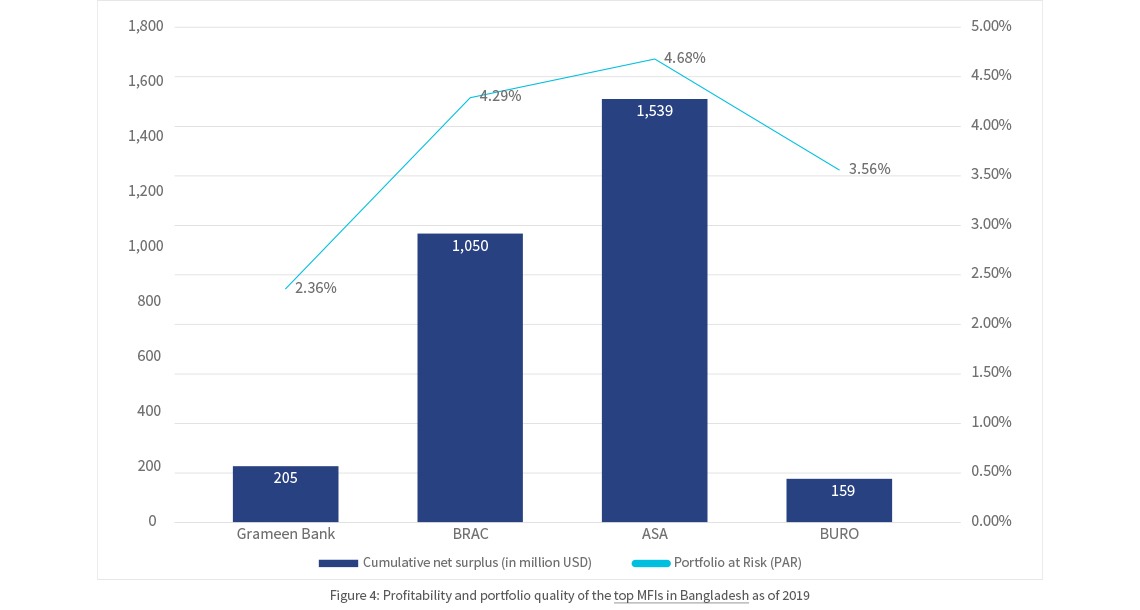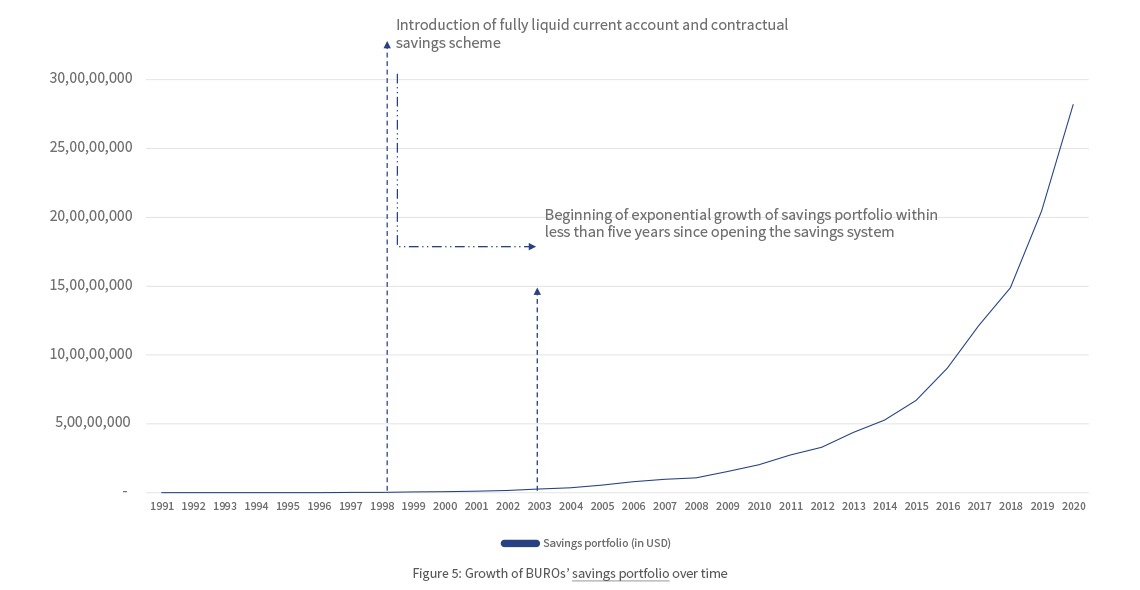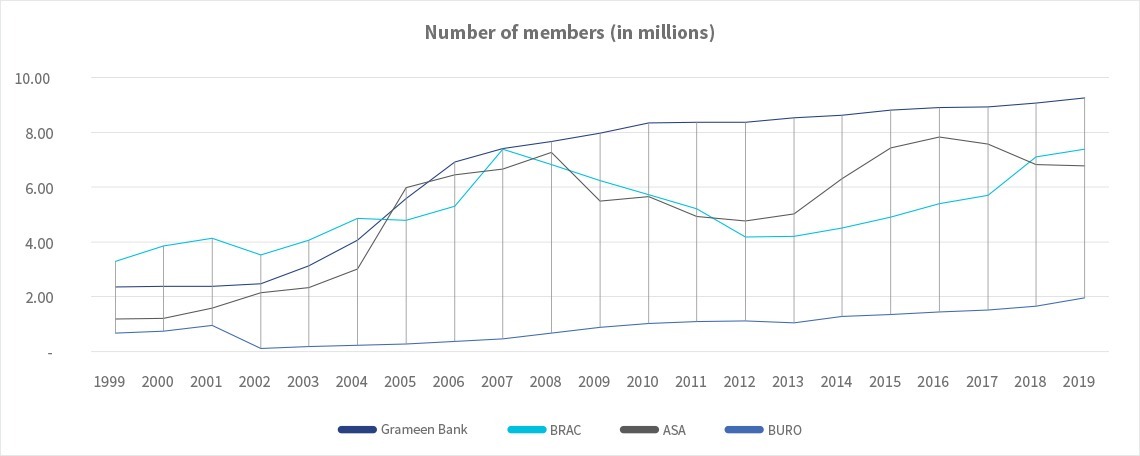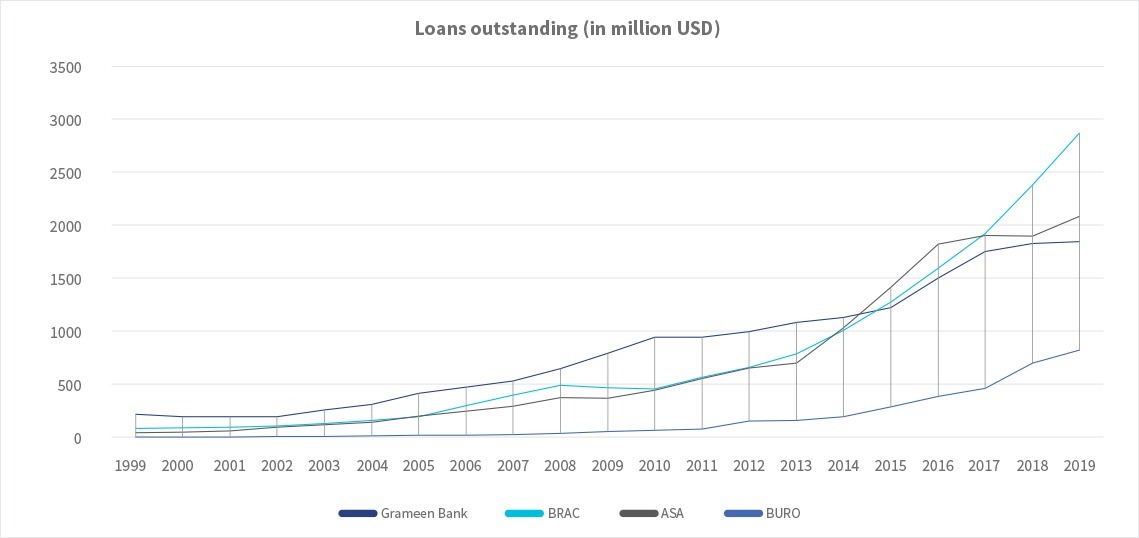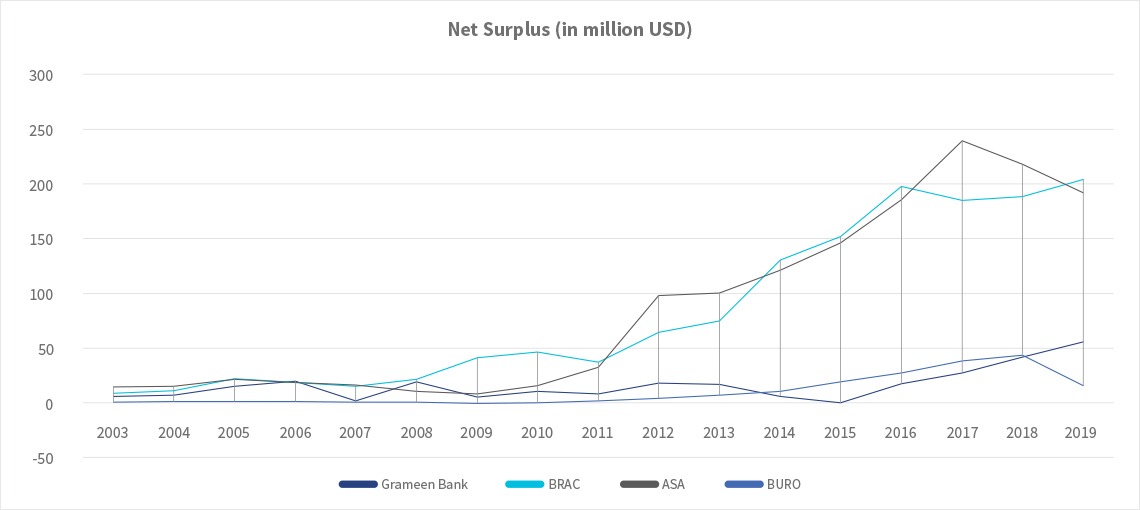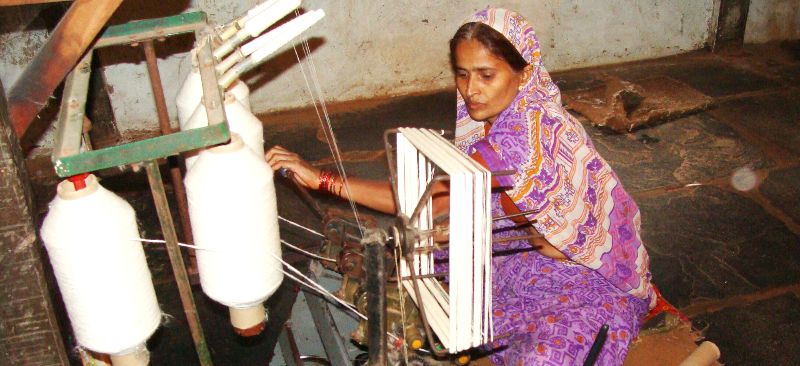This blog discusses XaasTag, a start-up under the Financial Inclusion Lab accelerator program. Some of the largest philanthropic organizations across the world support the FI Lab, such as the Bill & Melinda Gates Foundation, J.P. Morgan, Michael & Susan Dell Foundation, MetLife Foundation, and the Omidyar Network.
India has 145 million Indian farmer households, of which 87% are small and marginal farmers, who own less than 2 hectares of land. Although these farmers contribute to 60% of the total production of food grains and more than half of the country’s production of fruits and vegetables—they face numerous issues across the value chain.
While agriculture supports around half of the population in India, the average monthly income of farmers in the country is only INR 6,426 (USD 87). Small and marginal farmers struggle to access good quality and affordable inputs, market linkages, and credit. This is due to the small and fragmented landholdings and the absence of an adequate institutional framework to safeguard their interests. They are unable to integrate with the broader agriculture value chains and face the risks and challenges of volatility in the prices of commodities, crop failure, and expensive credit.
The lack of market access remains one of the major issues, which compelled Shiv Kumar and Gaurav Sharma to start XaasTag as a solution to empower farmers to secure better returns.
The lightbulb moment:
Shiv Kumar, a computer science and management graduate, served in the Indian Air Force. He took voluntary retirement in 2004 and started a venture from his garage. Over the years, Shiv worked at different places and co-founded three organizations around telecom services in small-town and rural India. During his association with e-Sahaj, one of the SREI group of companies, he met Gaurav. During their time with e-Sahaj, they closely observed the plight of the farming community, especially small and marginal farmers. Initially, the absence of health insurance services for the farming community struck them the most.
This gave birth to the idea of XaasTag. Shiv and Gaurav co-founded the organization and partnered with Religare Health Insurance to create an insurance product for rural India, which also included livestock insurance. They realized that retail insurance involved huge costs after running small pilots with a select group of farmers. Instead, they opted for a group-based model for insurance, credit, or both. Hence, XaasTag decided to work with farmers’ collectives, such as the farmer producer organizations (FPOs).
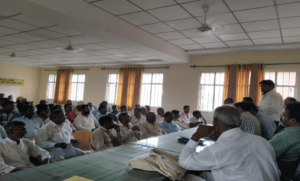 After multiple iterations and tweaks to their product offerings, the team identified access to reliable markets with a predictable price for their produce as the major need of farmers. They also analyzed the demand side, mainly institutional buyers who purchase from FPOs in bulk, such as intermediaries for retailers who supply to BigBasket, a large online commerce player. These intermediaries need a regular supply of agri-produce with consistent quality and price. These analyses prompted Shiv and Gaurav to pivot their product into a marketplace to connect FPOs and buyers.
After multiple iterations and tweaks to their product offerings, the team identified access to reliable markets with a predictable price for their produce as the major need of farmers. They also analyzed the demand side, mainly institutional buyers who purchase from FPOs in bulk, such as intermediaries for retailers who supply to BigBasket, a large online commerce player. These intermediaries need a regular supply of agri-produce with consistent quality and price. These analyses prompted Shiv and Gaurav to pivot their product into a marketplace to connect FPOs and buyers.
In its current avatar, XaasTag links FPOs to institutional buyers with an overarching goal to provide farmers with assured and enhanced income through reduced price volatility and better predictability.
What makes XaasTag unique?
XaasTag’s NXTFIN is an online marketplace to connect FPOs on the supply side and agri small and micro enterprises (SMEs) on the demand side. NXTFIN enables agri-SMEs to work closely with farmers in providing easy access to low-cost loans and insurance services. NXTFIN hosts the following tools and services developed with its partners and affiliates:
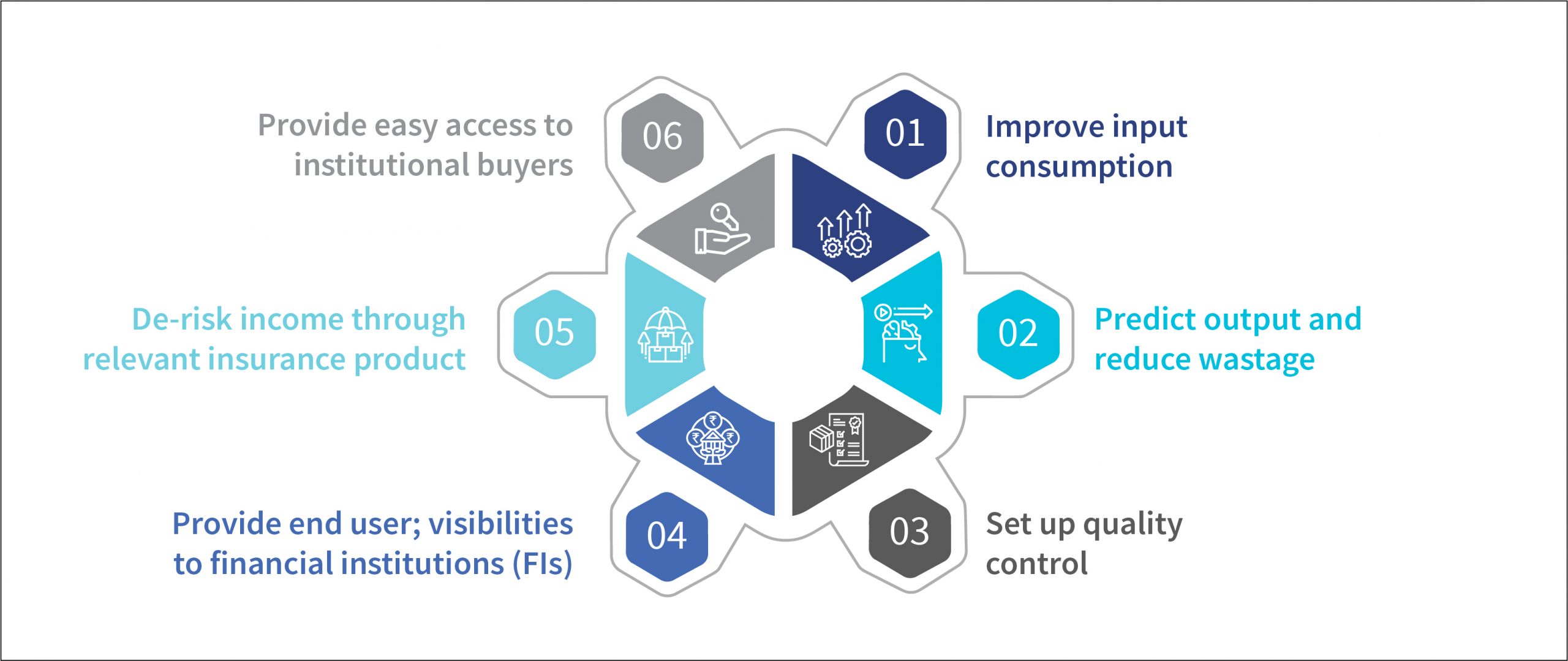
The platform is a curated and diligently crafted marketplace. It carefully screens FPOs based on various parameters like the quality and quantity of produce. It also maps their supplies to the right buyers through the match-making algorithm XaasTag employs at the backend. The team works with farmers from planning to harvesting to the final supply of goods to institutional buyers. The team also prescribes a suitable “package of practice” for the crop, and conducts a physical verification before the goods are supplied.
Impact on LMI segments: Small and marginal farmers
The traditional process at mandis
An Agricultural Produce Market Committee (APMC) mandi is the traditional market where most farmers sell their produce under a spot trading system. A set of traders, also called arhatiyas, depress spot prices, armed with the knowledge that farmers have already spent enough on the transportation of their produce. Hence, farmers have to sell at suboptimal prices. Unfortunately, the government’s electronic auction system, eNAM, has not helped farmers much in the discovery of better prices.
Here comes XaasTag
XaasTag makes a direct impact on farmers in two ways, as depicted in the image below.
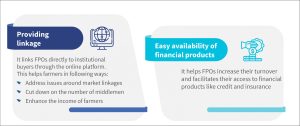
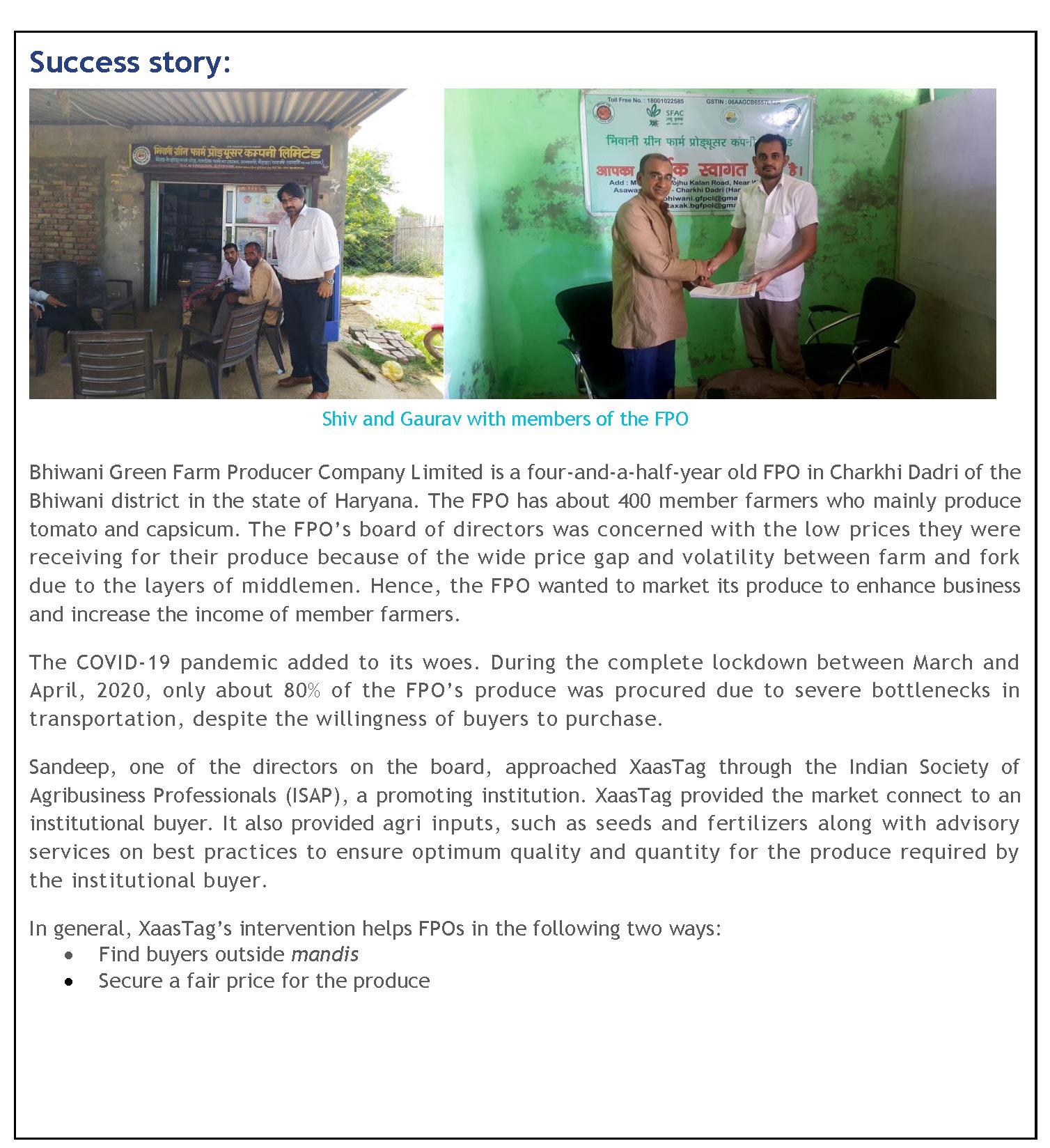
The roadblocks
Like any startup, XaasTag faces its share of challenges. These are focused on the following three aspects:
- FPO onboarding: Since XaasTag is new and relatively less known in the market, the team has found it challenging to convince and onboard FPOs who rely heavily on long-standing relationships to partner for the business.
- Scalability: The onboarding of FPOs is completely manual, which makes the process laborious and time-consuming.
- Retention: It lacks a value proposition for FPOs to build lifetime customer value (LTV) and strengthen their engagement with XaasTag.
Support from the FI Lab:
As part of the Financial Inclusion Lab accelerator program, XaasTag received assistance based on the challenges it faced, which helped them in the following ways:
- To overcome issues around scalability, the Lab helped develop an FPO onboarding assessment toolkit. XaasTag can integrate this scorecard-based FPO assessment tool with the NXTFIN platform. The scorecard accepts existing data that registered FPOs have shared over NXTFIN as input. The tool assesses multiple parameters ranging from scalability to the governance of an FPO and helps XaasTag identify promising FPOs for its platform. It provides a consistent, auditable, and objective assessment of the FPOs to help anyone in the team evaluate an FPO. With this, the team no longer needs to visit every FPO personally to assess its fitment.
- To build the value proposition for FPOs and to retain them with XaasTag, the Lab has been developing a training toolkit on business planning for FPOs. The toolkit is in the form of a digital comic book that will capture the importance of business planning, its components, and the process to build a sustainable business plan for an FPO. To build the internal capacities of FPOs, XaasTag will circulate this digital comic free of charge among its registered FPOs. This should help build trust and stickiness between the FPOs and XaasTag.
Vision for the future
XaasTag plans to partner with many more FPOs and engage more actively with farmers through a bigger team. XaasTag wants to utilize its huge database of FPOs and map the production to the right buyer. It also plans to set up production hubs. These hubs will act as small transit storage spaces for less perishable produce and a point for some level of processing, such as grading and sorting, among others, for enhanced efficiency.
This blog post is part of a series that covers promising FinTechs that make a difference to underserved communities. These start-ups receive support from the Financial Inclusion Lab accelerator program. The Lab is a part of CIIE.CO’s Bharat Inclusion Initiative and is co-powered by MSC. #TechForAll, #BuildingForBharat
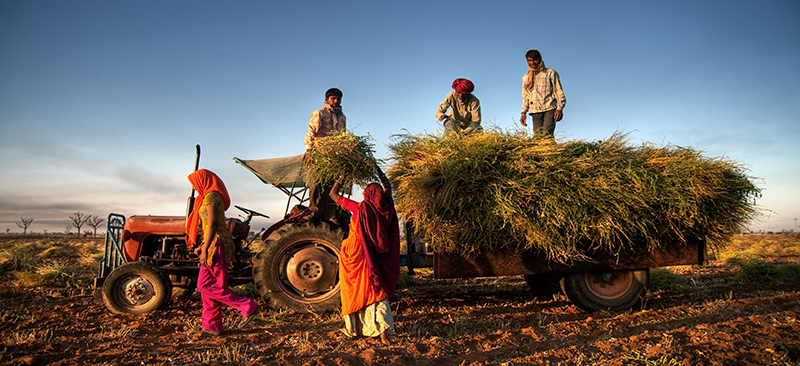
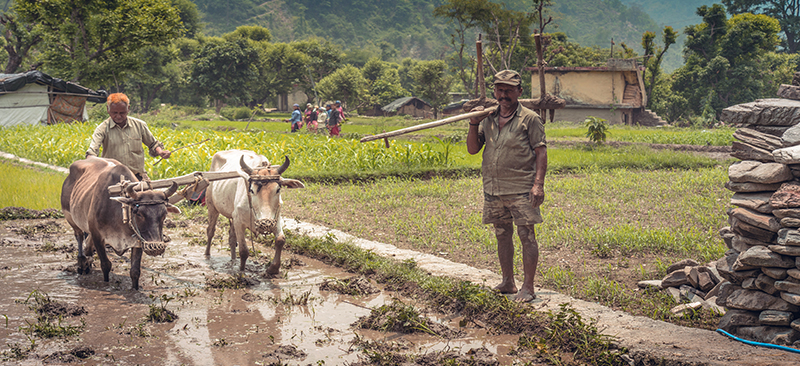
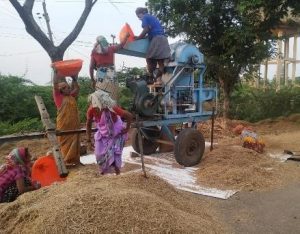 She harvested her
She harvested her 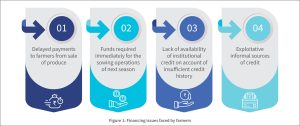

 Founded by Prathmesh Kant and Akhil Sharma in 2017,
Founded by Prathmesh Kant and Akhil Sharma in 2017,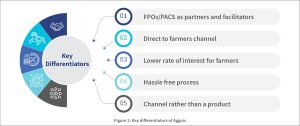
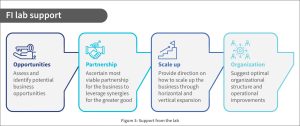

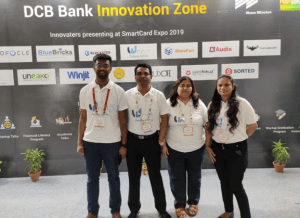
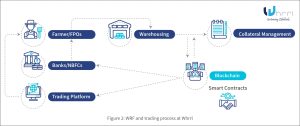 Whrrl works on a disruptive model unique to the current scenario. It collects data from warehouses and feeds it to its blockchain system, which creates an immutable record of the collateral
Whrrl works on a disruptive model unique to the current scenario. It collects data from warehouses and feeds it to its blockchain system, which creates an immutable record of the collateral